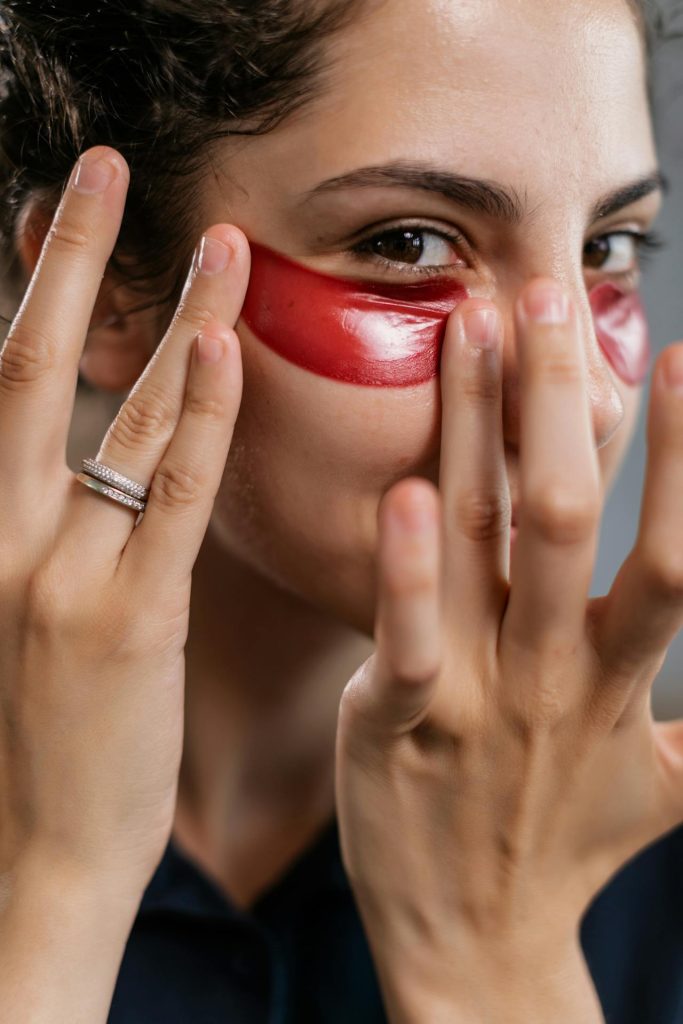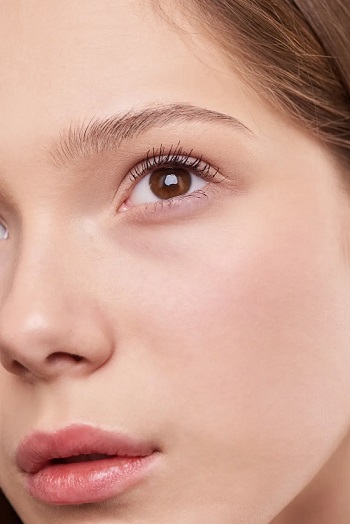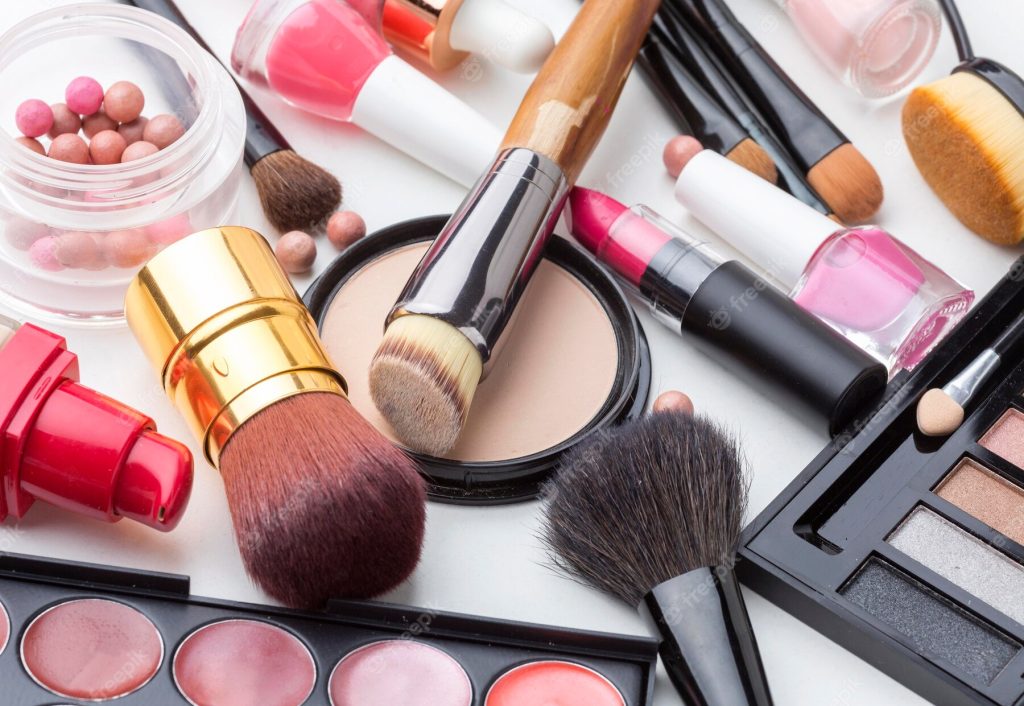You know the feeling. You wake up, glance in the mirror, and your eyes tell a different story than the rest of you. They look swollen, heavy, almost like you didn’t sleep at all. Puffy eyes don’t just make you look tired—they can make you feel tired, too.
But the truth is, this problem is incredibly common. It can come from the way you live, the foods you eat, or simply the way your skin changes as you get older. Sometimes it’s even written into your genetics. Whatever the reason, one thing is certain: puffiness doesn’t have to stay.
There are easy tricks for quick mornings, longer-term habits that protect your skin, and professional options for when nothing else seems to work. Let’s walk through them.
1. Why Do Puffy Eyes Happen?
Puffiness occurs due to many factors, and identifying the one that’s yours allows you to correct it sooner.
- Fluid retention overnight – Lying flat for hours lets fluid pool under the eyes, so mornings often look puffier than evenings.
- Lack of sleep – Too little sleep or sleepless nights appear rapidly in the sensitive skin under your eyes.
- Sinus pressure and allergies – Seasonal triggers or nasal congestion usually induce swelling and watery eyes.
- Genetics and aging – Some people naturally carry fat under their eyes, and as muscles loosen and skin weakens with age, the bags become more noticeable.
- Dietary choices – Salty food, booze, or just not drinking water enough all cause water retention—and yes, that appears first under your eyes.
2. Quick Fixes That Actually Work
When puffiness pops up out of nowhere, these little tricks help calm it down:
- Cold compresses – A chilled spoon, gel mask, or even a cucumber slice can shrink swelling within minutes.
- Caffeine eye creams – These formulas tighten the skin temporarily, making eyes look more awake and alert.
- Gentle massage – Light tapping with your fingers or using a gua sha tool can move excess fluid out of the under-eye area.
- Sleep position – Propping your head up slightly helps stop fluid from gathering around your eyes overnight.
They won’t erase puffiness forever, but they’re great for mornings when you need to look fresh quickly.
3. Treatments & Professional Options
Of course, not every type of puffiness can be fixed with cold spoons and creams. When bags under your eyes are caused by fat pads or loose skin, at-home remedies just won’t cut it. That’s when professional care comes into play.
- Blepharoplasty (eyelid surgery) – This option works best when puffiness is structural, not temporary. It involves removing or repositioning fat and tightening the skin for a smoother, younger look. People who go for eyelid surgery in St. Louis often appreciate the use of modern techniques combined with personal care. This approach helps them achieve results that look refreshed and natural, not overly dramatic.
- Fillers – Hyaluronic acid fillers can smooth hollows under the eyes, blending puffiness into the rest of the face. They offer quick results with little to no downtime, making them a popular choice for busy individuals.
- Laser therapy – By boosting collagen, lasers make the under-eye skin firmer, which helps minimize both lines and mild puffiness. Over time, this also improves skin texture, giving the eye area a brighter, more youthful look.
These are worth considering if puffiness has become a daily struggle and nothing else helps.
4. Lifestyle Changes for Long-Term Results
Quick fixes are pleasant, but permanent results usually result from daily routines.
- Hydrate adequately – Drinking water keeps your body in equilibrium, minimizing fluid retention.
- Avoid salt and alcohol – Both swell, and the sensitive under-eye skin reveals it first.
- Maintain a sleeping regimen – Healthy sleep rejuvenates your skin during the night, making you appear fresher the next morning.
- Handle allergies correctly – The correct medication or natural treatments can prevent swelling from occurring.
- Shield your skin outside – Sunglasses and sunscreen prevent the fine skin covering your eyes from breaking down too early.
5. How to Decide What’s Right for You
The best solution depends on why you’re puffy. If your swelling shows up now and then, home tricks and lifestyle shifts usually work well. If your puffiness feels constant, it may be tied to genetics or aging, which means professional options could be the right step.
Start small. Try adjusting your habits and see how your eyes respond. And if nothing changes, it’s worth speaking with a specialist who can guide you toward longer-term solutions that match your comfort and your goals.
Conclusion
Puffy eyes happen to almost everyone, but they don’t have to stick around. Some mornings call for chilled spoons or a good eye cream. Other times, the answer lies in better sleep, more water, or professional treatments that deliver lasting results.
Your eyes are one of the first things people notice. With the right care—whether simple changes or advanced treatments—they can look refreshed and full of energy again.




